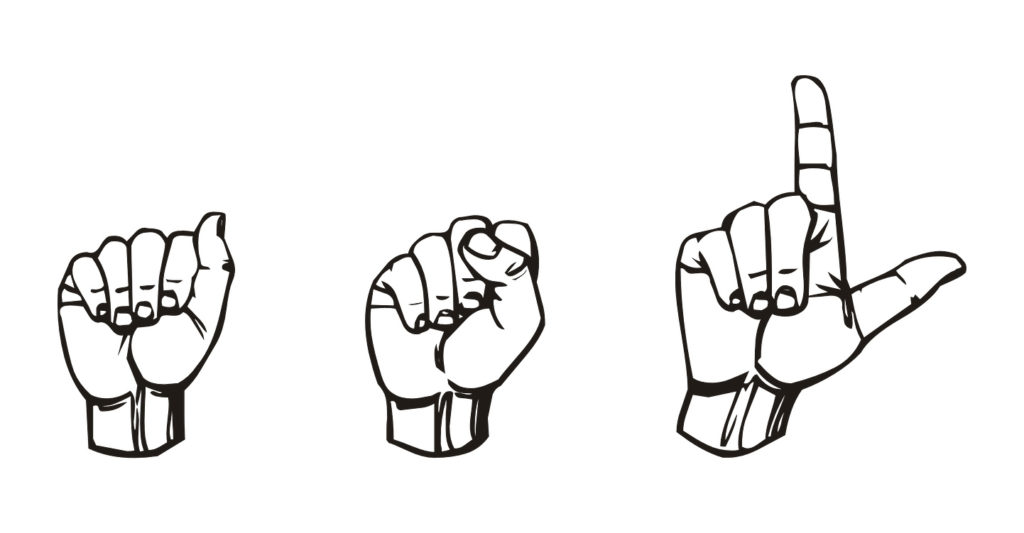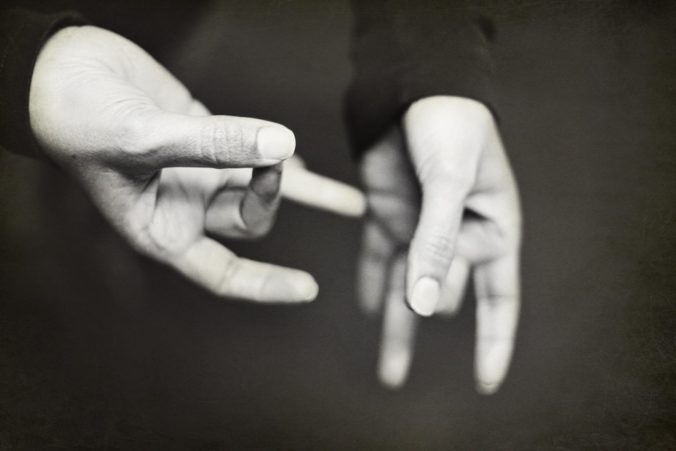Sometimes, people are unaware of the
Language is not neutral
Let’s begin by looking at the word “disability”, a word that is often not fully understood. A disability is generally defined as a condition that restricts a person’s mental, sensory, or mobility functions to undertake or perform a task in the same way as a person who does not have that disability. Inclusive language is essential in today’s society, and we no longer refer to people has “handicapped” or “disabled”, but rather as “having a disability”, which should in no way be used to define them as an individual.
The United Nations Convention on the Rights of Persons with Disabilities is a treaty that gathers recommended terms to provide an alternative, inclusive way of describing people with disabilities that avoids discrimination and offence. Here are some examples:
- “Ill”: This term should never be used to refer to the fact that someone has a disability-a disability is not an illness. Given that any disability implies a situation of unequal opportunities, it will effectively “disappear” when the barriers to a person’s interaction with their surroundings are eliminated. A deaf person can be perfectly healthy, and their disability only gains significance when there is no sign language interpreter available to help them communicate with a hearing person, or when there are no subtitles available on a television screen, for example.
- “Normal”: the use of this concept is also considered highly exclusive and offensive, as it implies that anyone with a disability cannot be considered normal.
The difference between deaf and deaf-mute
Firstly, the term “deaf-mute” also tends to cause offence in the deaf community, as it is important to bear in mind that the development of speech is not directly affected by a person’s hearing impairment.
A deaf person is able to communicate with sign language, and people with prelingual hearing loss are also capable of developing speech with the aid of a speech therapist. Their vocal cords are not affected by hearing loss, and, with effort and consistency, these people can learn to speak thanks to the latest advances in cochlear implants, which make this type of learning easier. A deaf-mute person, therefore, is someone that is not only hard of hearing, but also has issues with their vocal cords that leave them physically unable to speak.

As always, a deaf person’s close circle of family and friends can ease or hinder their social integration.
Language or sign language
Another concept that is important to understand fully is the significance of signing or sign language.
According to the RAE (Royal Spanish Academy), language is the human race’s ability to express themselves and communicate with others using articulate noise and other forms of gestures and movements. On the other hand, language can also be defined as a wider system of communication that includes written script.
However, neither of these descriptions are fully applicable to the deaf community, as language is also a code that we learn to use to communicate with others. In short, every language has its own structure, grammar, vocabulary and gestures.

Therefore, when we refer to sign language, we are referring to the language of the deaf and hard of hearing, which uses a visual-manual modality to express meaning with hand signing.
The deaf community has waited a long time to gain legal recognition of their language, but thanks to Law 27/2007, signed languages now enjoy the same status as any other spoken language, such as in the case of Spanish Sign Language (LSE) and Catalan Sign Language (LSC).
Are there any other concepts related to inclusive language that you are unsure about? Leave a comment here and we’ll do our best to help you.
Photo credit: Cadena SER

Very useful post. Thanks for taking the time to share your view with us.
Thank you so much for your kind feedback, we really appreciate it!